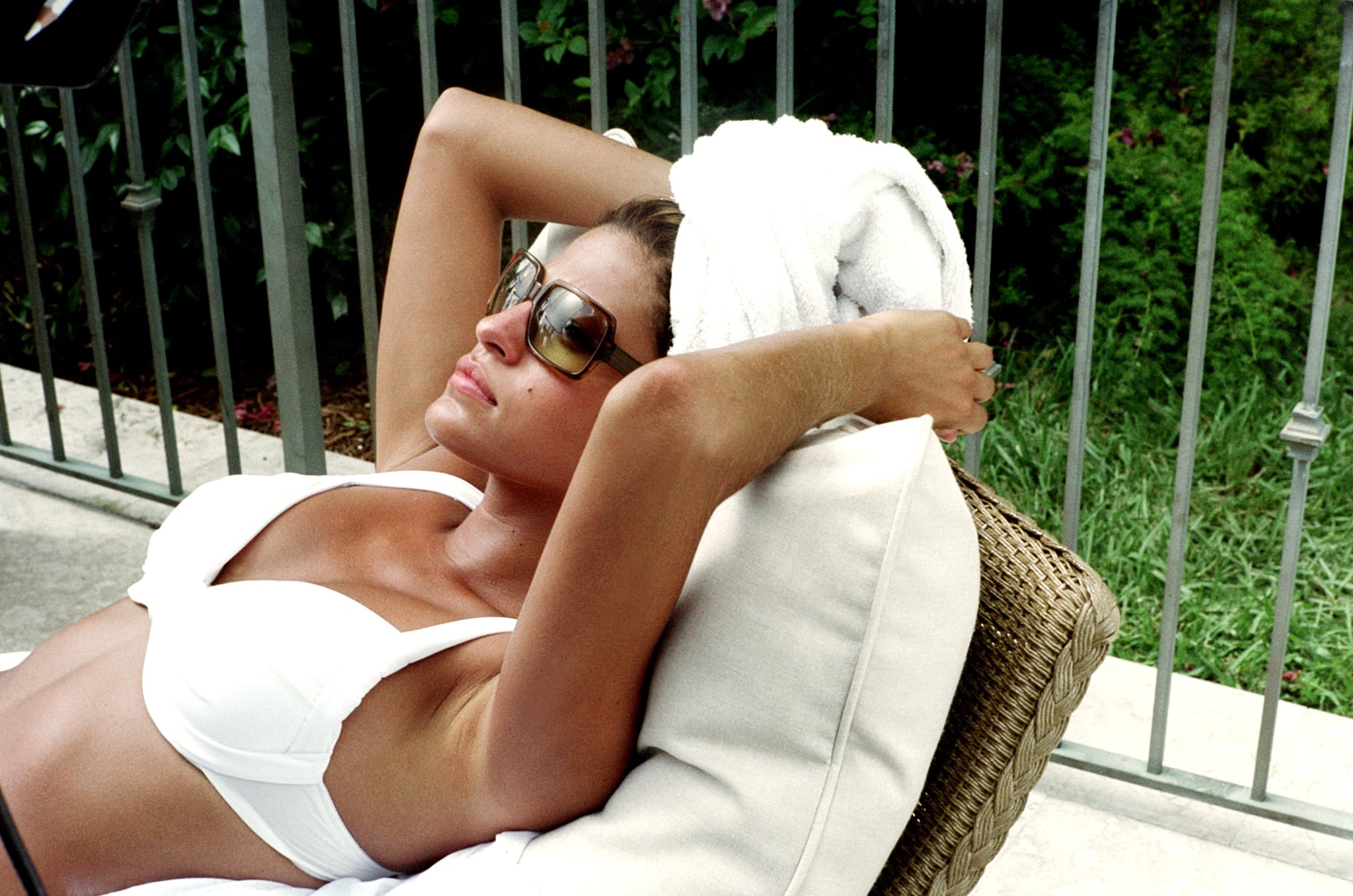The natural aging process can be significantly slowed down, but it can also be unintentionally accelerated. Photoaging is one of the most common types of premature skin aging. What is it? Is it possible to prevent this and what to do if it is too late? Let’s talk to a beautician at Lazerjazz clinic.

What is photoaging?
Photoaging of facial skin is scientifically called dermatoheliosis. And the main reason is excessive exposure to sunlight.
The saying that being in the sun is beneficial no longer inspires confidence, does it? The main cause of premature aging is UVA rays. They affect cellular DNA in the following way: they promote the formation of free radicals, which causes an oxidative process in healthy skin cells. The affected cell itself becomes a free radical and either spreads this reaction further to neighboring cells or is destroyed completely.
What does healthy skin look like?
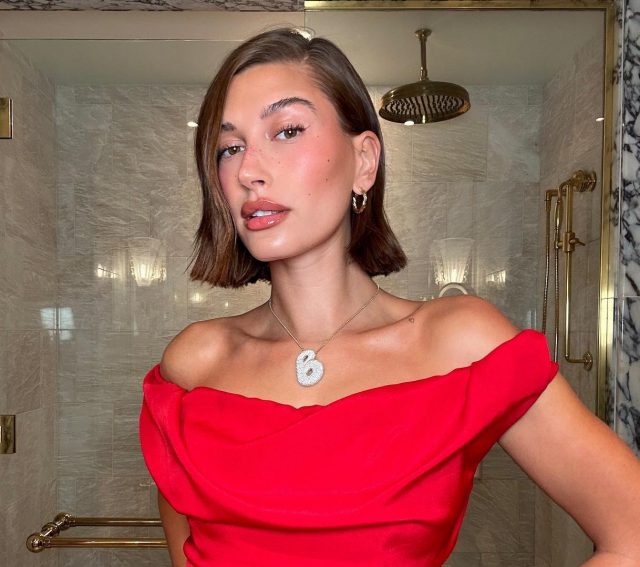
Healthy skin is easy to recognize. It shines from the inside, is smooth and elastic to the touch, has an even tone, no redness, redness or enlarged pores. Now we have described the skin of an ideal person, which almost does not exist in this world. After all, each of us has rashes, redness and peeling. This may be due to changes in climate, time zone or diet. The important thing is to understand what the skin reacts to and how to solve this problem.
What does skin with signs of photoaging look like?
Signs of photoaging include the following external changes: loss of skin tone, dryness, wrinkles, hyperpigmentation, freckles, spider veins. Of course, all this does not occur immediately, but with age. Therefore, you should not think that if everything is fine with your skin now, even if you do not use Sunscreen, this does not mean that you can say the same thing in 35 years. Ultraviolet radiation has a cumulative effect. It can accumulate in the body for a long time, causing premature aging and other skin problems.
Who is susceptible to photoaging?
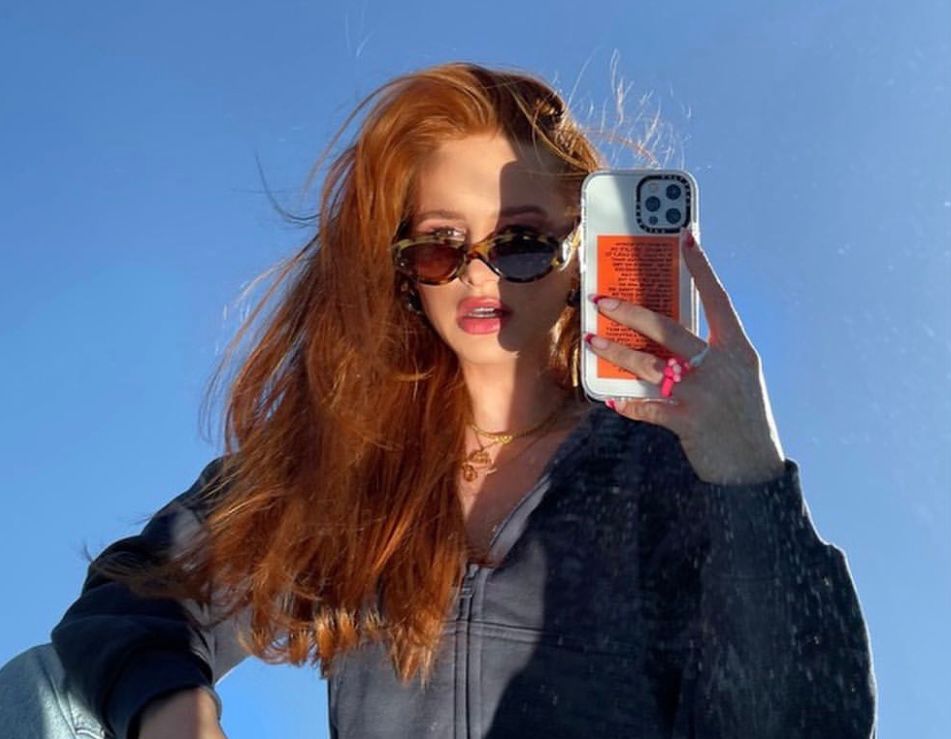
The main factor that determines the photoaging process is phototype. This is a skin type that depends on its color and degree of sensitivity to sunlight. For example, people with phototypes I and II are more vulnerable to ultraviolet radiation than representatives of types III and IV. The first one has lighter skin, so the risk of burning is higher than the others. There are six such phototypes in total.
Also, people with unstable hormonal levels are in the zone of increased sensitivity to ultraviolet radiation. These are pregnant and breastfeeding women, menopausal and postmenopausal women, and adolescents in transition.
The effect of the sun on the skin, alternative tanning methods
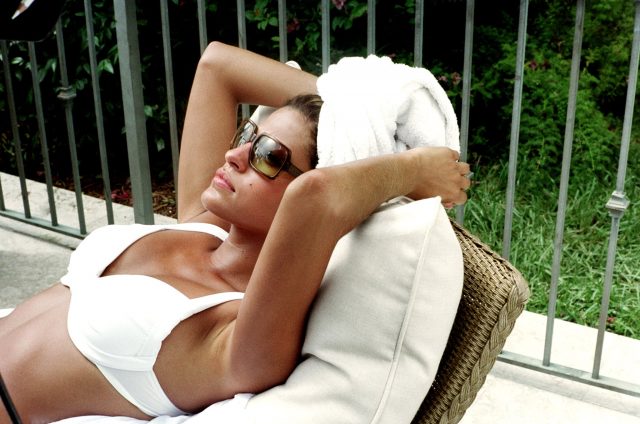
Photoaging of facial skin is a complex molecular biological process that affects both superficial and deep layers of the skin.
The surface is attacked by type B ultraviolet rays. They do not penetrate deeper, they are blocked by epidermal cells, which in turn begin to deform due to the active impact on them. This results in skin redness, burns, and long-term degradation of collagen and elastin.
Ultraviolet A rays have greater penetrating power. Negative is in a similar order, but these rays do not directly affect the DNA of the cell, they produce reactive oxygen species that are harmful to us under the skin. This causes cell mutation and a series of inflammatory reactions, leading to oncology.
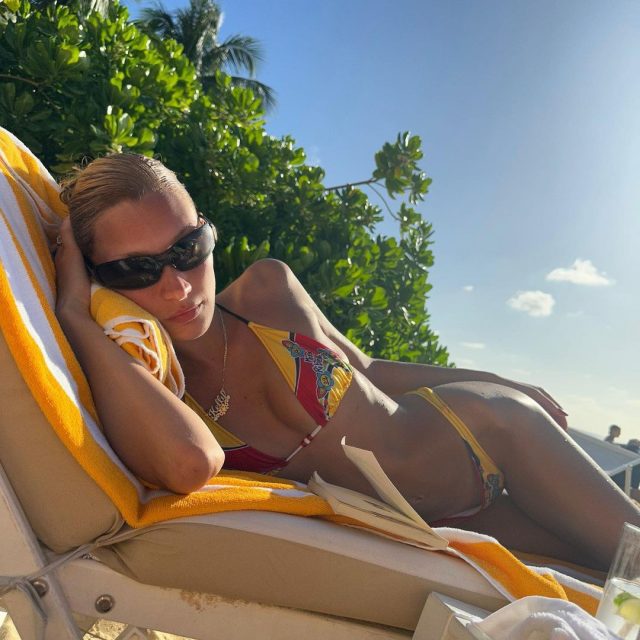
Taken together, the accumulated effect of exposure to the sun and solarium is expressed in dilation of blood vessels (for example, on the face), deterioration of pigmentation, the appearance of premature wrinkles, grayish skin and thinning of the skin (in the face). Meanwhile the elastin and collagen content decreases instantly and is easy to fold).
How do you protect your skin against photoaging?
In order not to fall into the clutches of photoaging, it is important to carefully protect the skin of not only the body but also the face while sunbathing. And the main helper here is, of course, SPF cream. Moreover, you do not need to use it only in summer months. UVA type ultraviolet rays penetrate clouds and glass all year round and can damage skin even in winter. That’s why SPF cream is necessary all year round – especially for those who use acidic and retinol cosmetics.
How to combat photoaging?
-
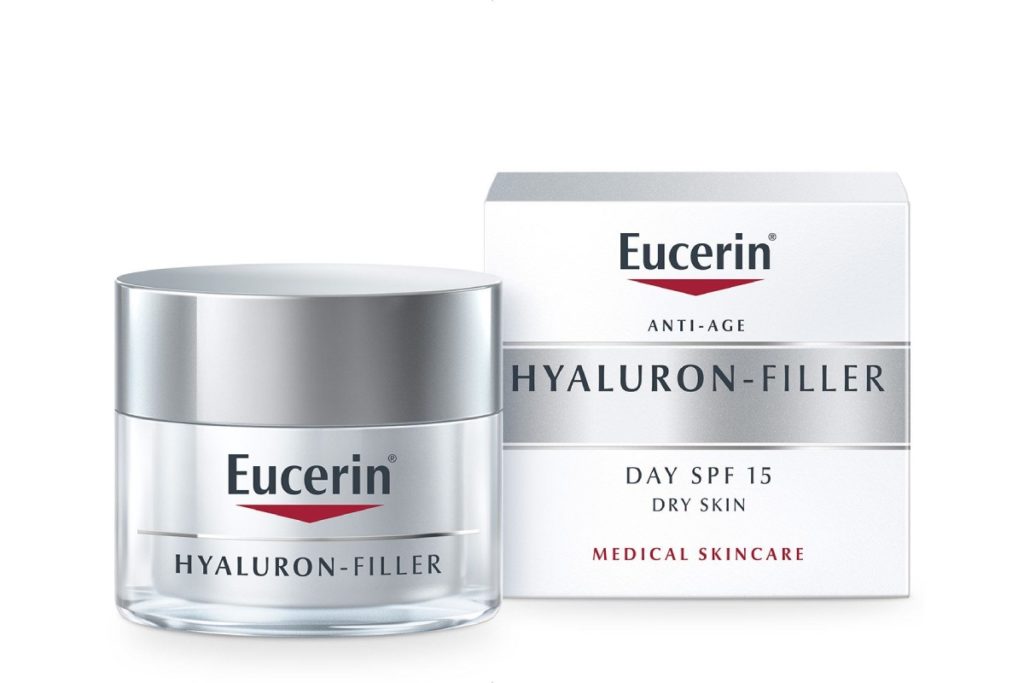
Daily care cream for dry skin SPF 15 Hyaluron-Filler Eucerin, 1655 rub. -
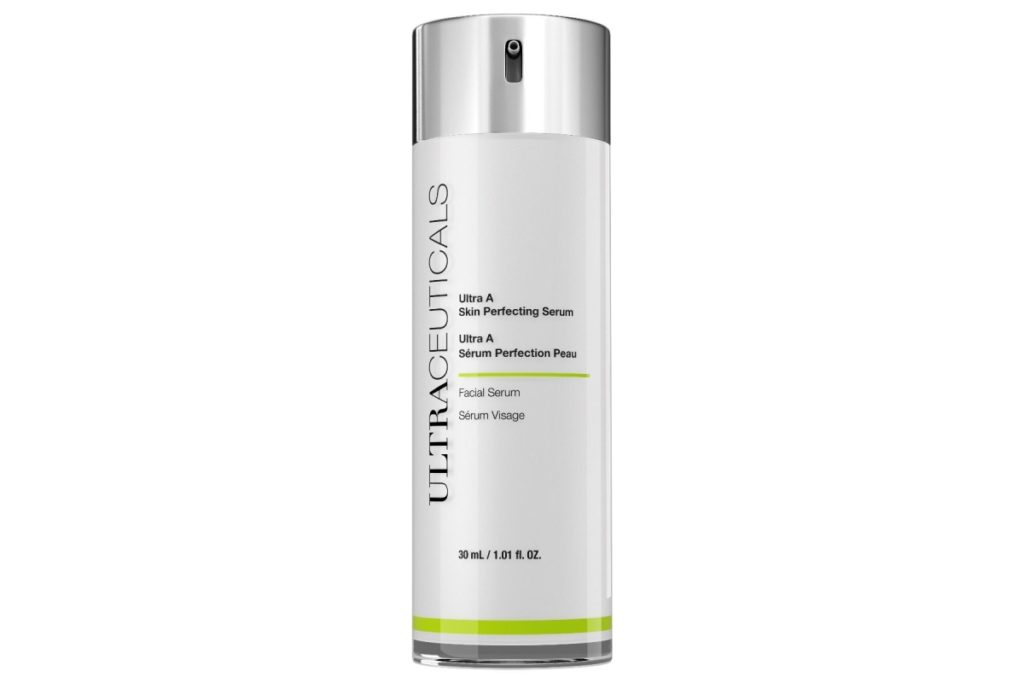
Serum with Retinol Ultraceuticals, RUB 11,200. -
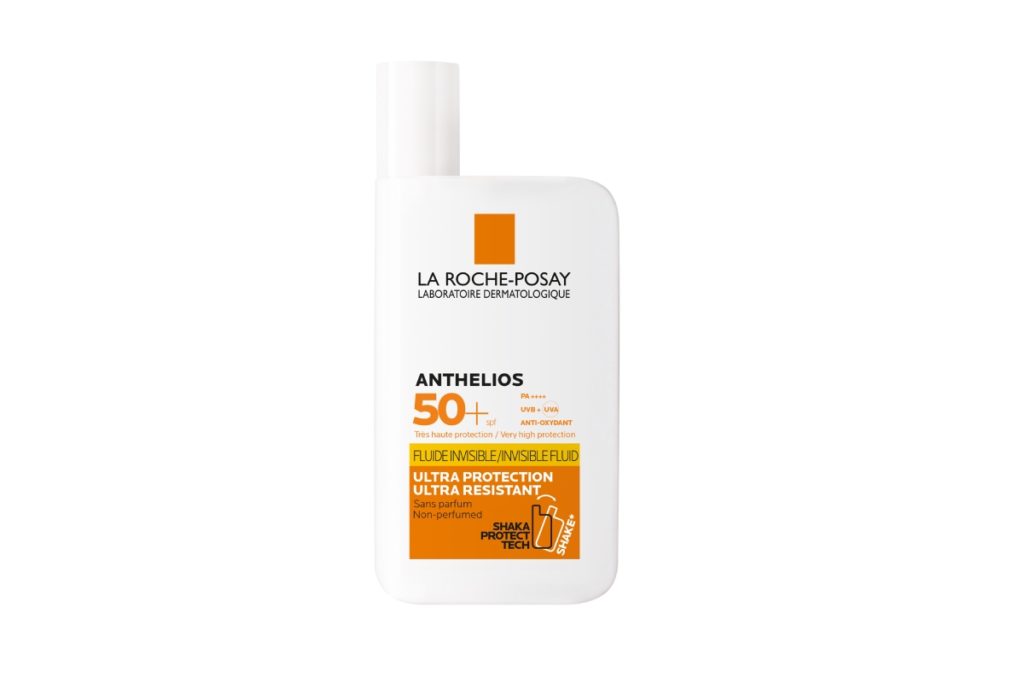
Sunscreen for the skin around the face and eyes Anthelios SPF 50+, La Roche-Posay, 1800 rub. -
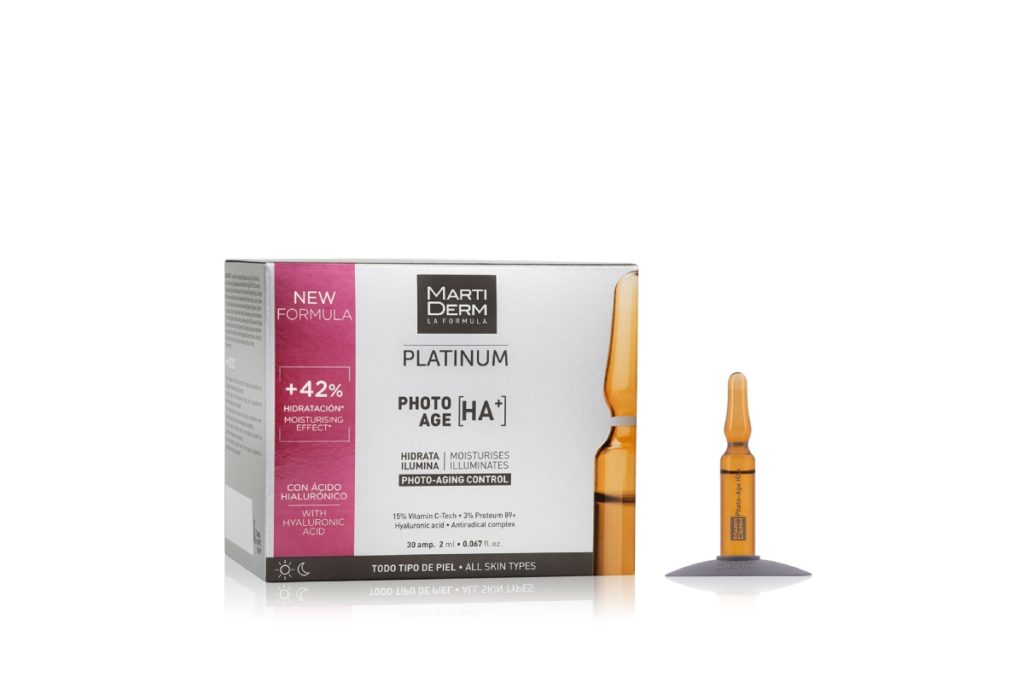
Ampoules Platinum Photo-Age HA+ MartiDerm, 5950 rub.
The first and most important thing is to make friends with creams with ultraviolet protection factor. Always use them outdoors, even if the sky is cloudy. On sunny days, a fairly moderate tan is possible only in the morning and evening hours, and walking in the fresh air requires closed clothing. After going out, be sure to moisturize and nourish your skin with appropriate creams.
It is also worth paying attention to antioxidant cosmetics. To help – serums and creams containing vitamins C and E, resveratrol, selenium and ferulic acid. It will protect skin cells from the free radicals we mentioned before.
-
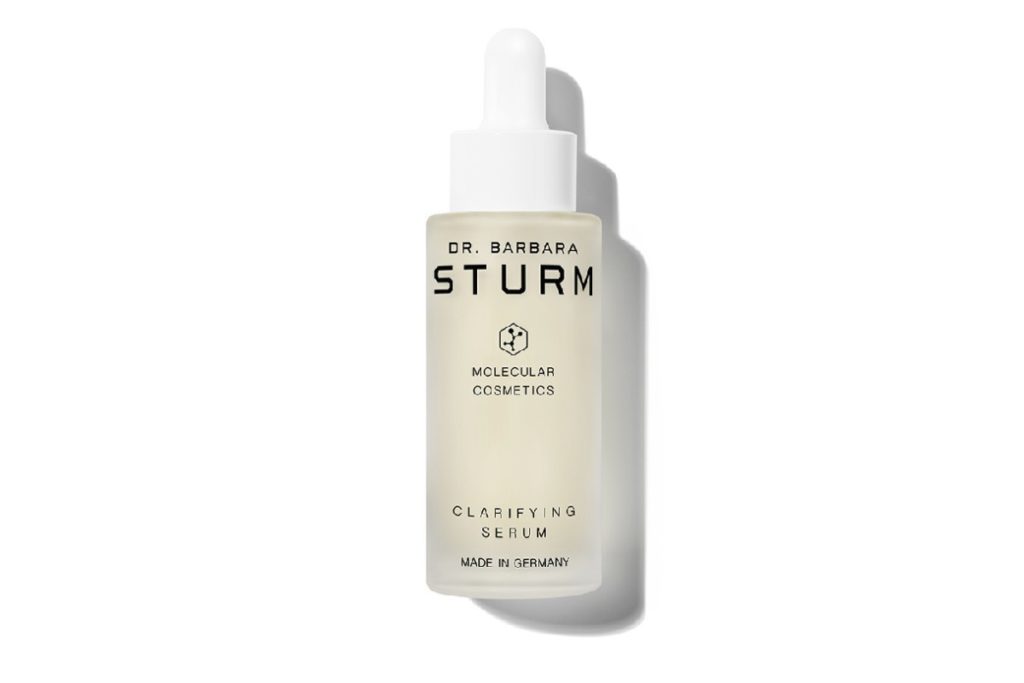
Effective anti-aging serum Purifying Serum, Dr. Barbara Sturm, 29,000 rubles. -
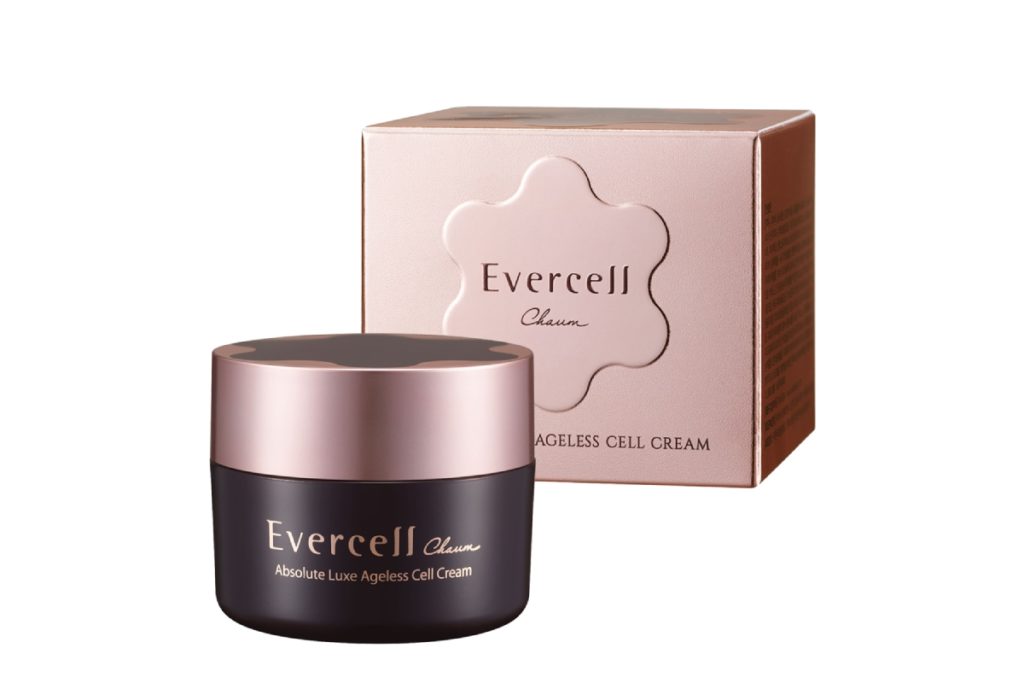
Anti-aging cream Absolute Luxe Ageless Cell Cream, Evercell, 34.200 rub. -
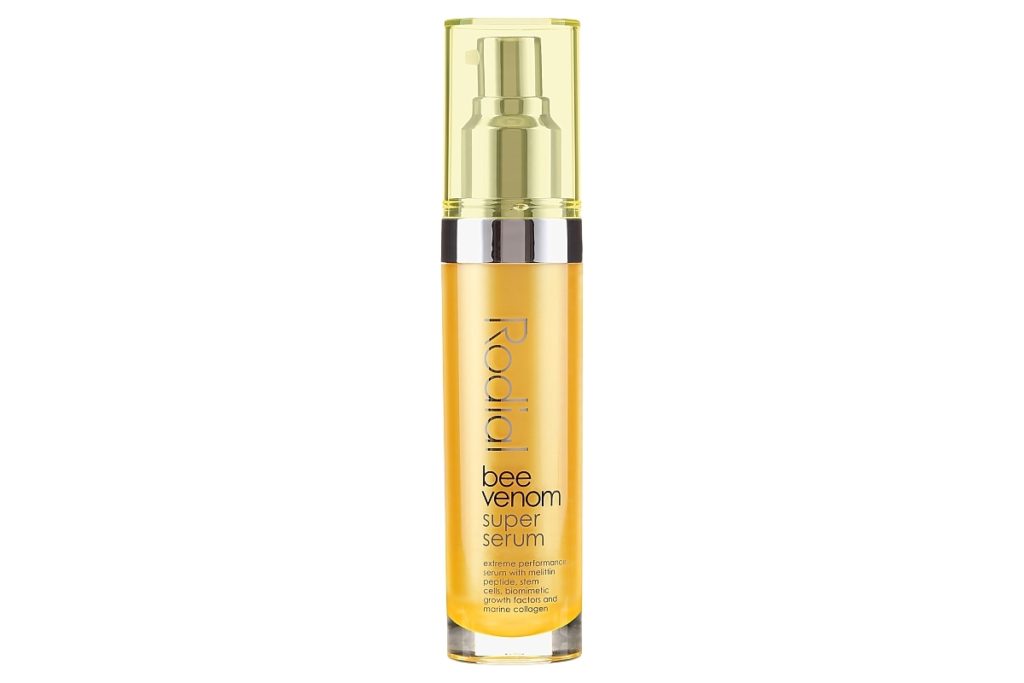
Super face serum Bee Venom, Rodial, RUR 23.350 -
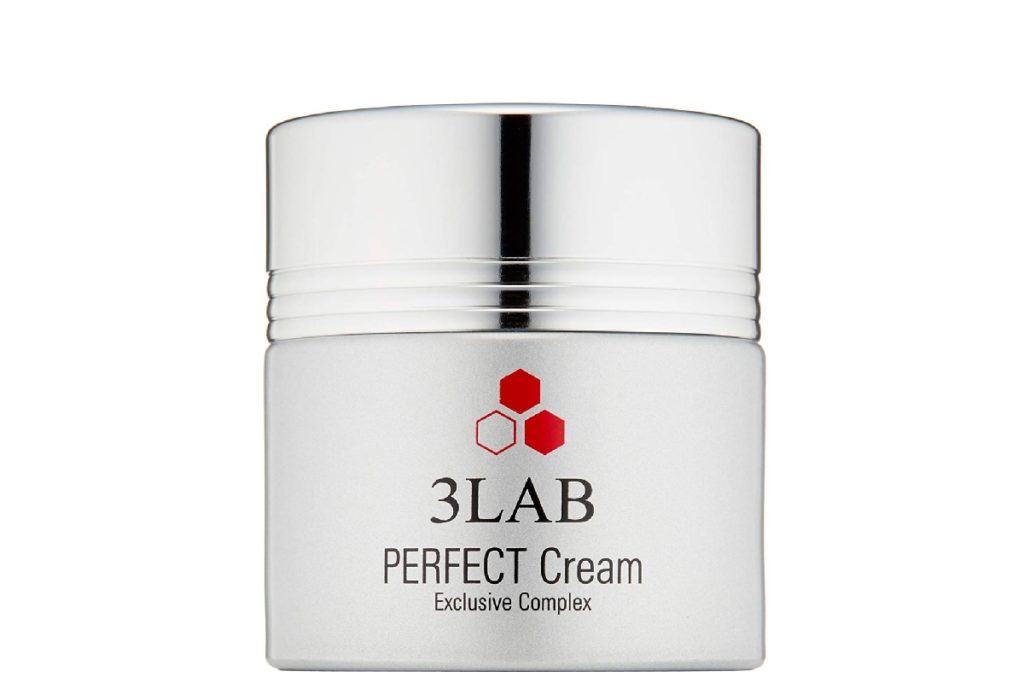
Rejuvenating cream Perfect Cream, 3LAB, 17,820 RUB. -
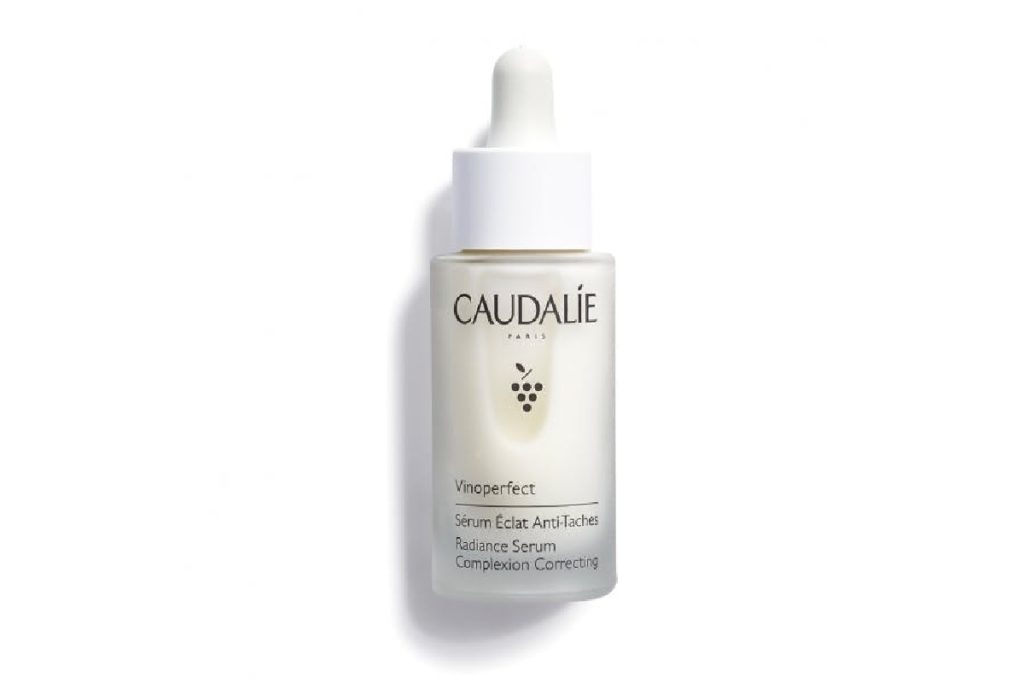
Vinoperfect serum, Caudalie, 4900 rub. -
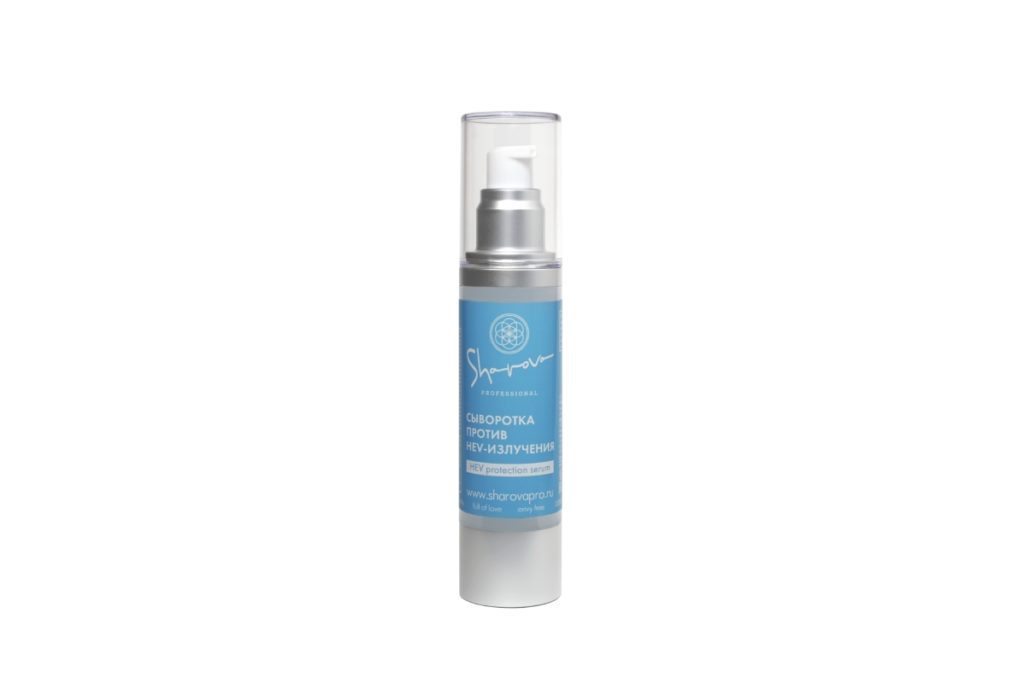
Serum against HEV radiation, Anna Sharova, 1300 rub.
If pigmentation and other problems with facial skin are more serious and cosmetic products cannot cope with them, the best solution would be to make an appointment with a beautician and undergo a series of procedures. Photorejuvenation, especially using IPL devices, is very effective. It is enough to complete a course of four sessions, one month apart, to see noticeable results. During this time, you can remove protruding blood vessels, get rid of pigmentation and even out skin color. But after that, you will need to carry out maintenance procedures, ideally every three months, to maintain the effect.
-
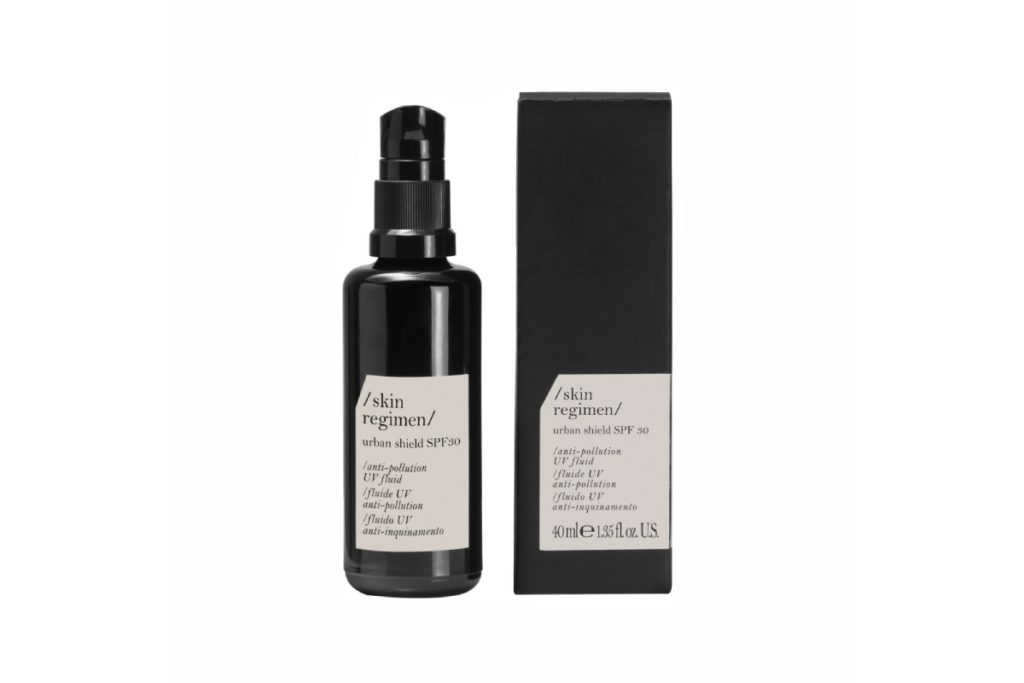
Liquid SPF 30 Skin Regime, Comfort Zone, 7160 rub. -
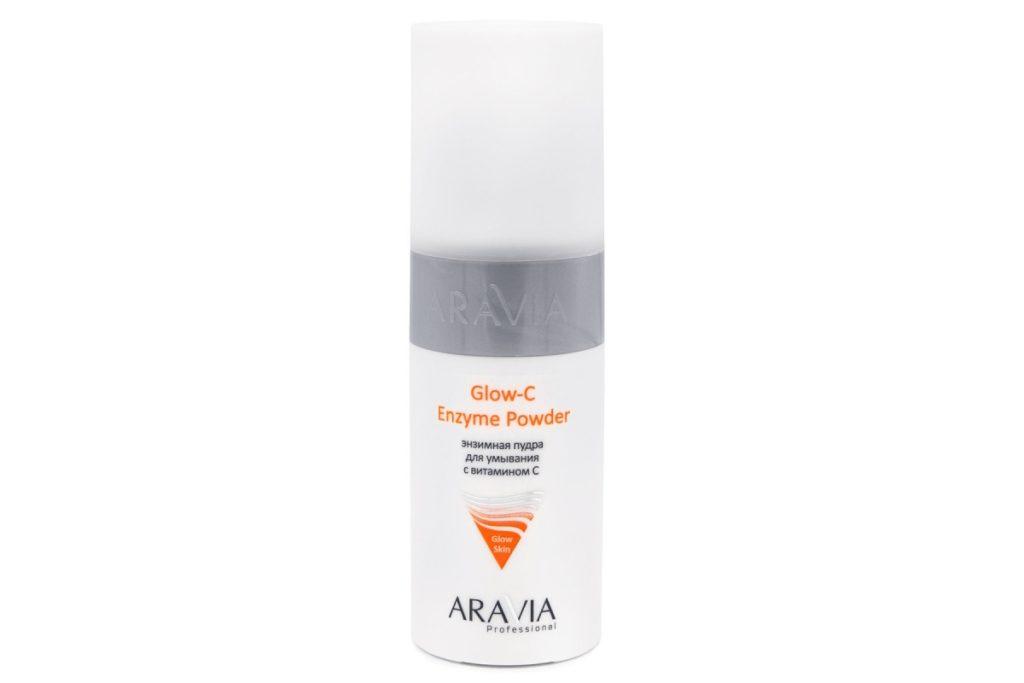
Enzyme powder for washing with vitamin C Glow-C Enzyme Powder, Aravia Professional, 940 rub.
Another option is to do bioreparation, in which special bioreparations are injected into the skin. They typically contain succinic and hyaluronic acid, amino acids and peptides to brighten and hydrate the skin. This process gives a bright and permanent result.
The best option is to consult a beautician who will select the necessary course of procedures and recommend special cosmetics for you.
Source: People Talk
I’m Roger Gritton, and I’ve been writing for the The Fashion Vibes for over 5 years now. My specialty is beauty news; I’m passionate about covering the latest trends, products, and innovations in the industry. In my time there, I’ve become known as an authority on all things beauty-related.
I love discovering new experts to interview, researching up-and-coming ingredients and techniques that are making their way onto our beauty shelves and highlighting people who are making a difference in the world of cosmetics. My work has appeared not only on The Fashion Vibes, but also several other publications including the New York Times Magazine, Allure Magazine and Refinery29.

